The deterioration of the environment and, ironically, also the measures taken to protect it through for instance marine parks in areas where sea gypsies people used to live restrict their livelihoods options. The panel presentations including a photographic slide show on the lives and livelihoods of the Moken people in Surin islands, will reflect on the role of the State in governing indigenous people and the impacts of tourism on the sea gipsies and their habitat.
Photo by Rosalia Sciortino, Tipakson Manpati and Panupong Boontongchuay
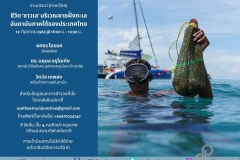 Event poster
Event poster
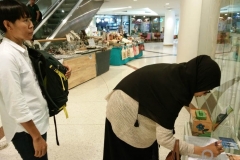 Sign in time
Sign in time
 The first speaker, Dr. Narumon
The first speaker, Dr. Narumon
Arunotai, Professor and
Researcher at Chulalongkorn
University Social Research Institute
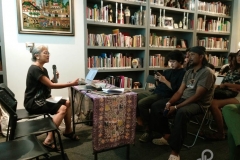 Dr. Narumon explained about
Dr. Narumon explained about
sub-groups of sea gypsies
including Moken, Moglen
and Urak Lawoi
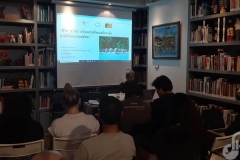 Dr. Narumon talked about
Dr. Narumon talked about
the life of sea gypsies on
the Andaman coastline,
Southern Thailand
 Participants focused on
Participants focused on
the presentation
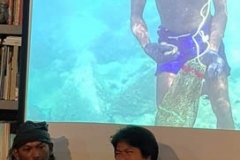 The second speaker, Yostorn
The second speaker, Yostorn
Trios showed a picture of
a Moken diving to get sea food
 Sea gypsy wearing a goggle
Sea gypsy wearing a goggle
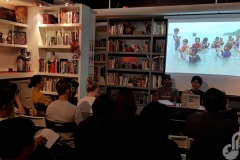 Sea gypsies children in the
Sea gypsies children in the
water while eating fruit
 Sea gypsies usually set up
Sea gypsies usually set up
their house near the seashore
and tie their boat near the house
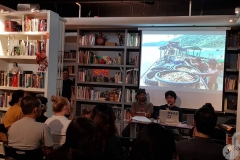 Food waste from restaurant
Food waste from restaurant
to be buried in Bon bay
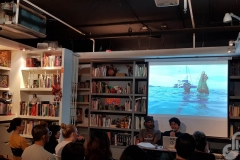 Abalones in the net bag
Abalones in the net bag
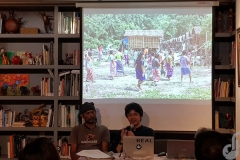 Sea gypsies gathered to
Sea gypsies gathered to
collect donation objects
after there was a fire incident
in February 2019
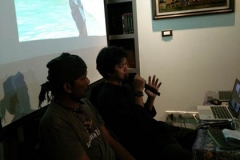 Many sea gypsies work
Many sea gypsies work
for tourist company
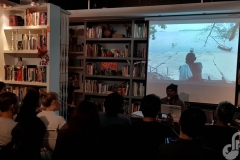 Third speaker, Wittawat Tepsong,
Third speaker, Wittawat Tepsong,
Coordinator for Andaman
Sea Gypsy People Network
 Sea gypsy cleaning the tourist boat
Sea gypsy cleaning the tourist boat
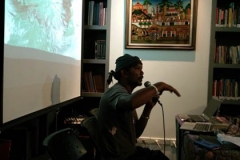 Wittawat talked about the
Wittawat talked about the
limitation of se gypsies to
make a living as they are restricted
by Marine National Park Law
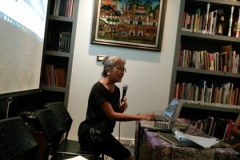 Dr. Narumon talked about
Dr. Narumon talked about
the sea gypsies’ cultural
knowledge that is disappearing
such as making boat
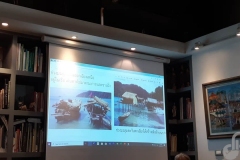 Traditionally, sea gypsies
Traditionally, sea gypsies
living on the boat and
settled in the island during
monsoon season
 A movie “No Word for Worry”
A movie “No Word for Worry”
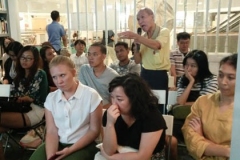 Participant shared his
Participant shared his
thought about sea gypsies’
livelihood























